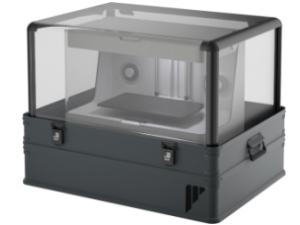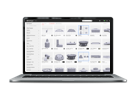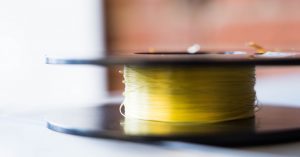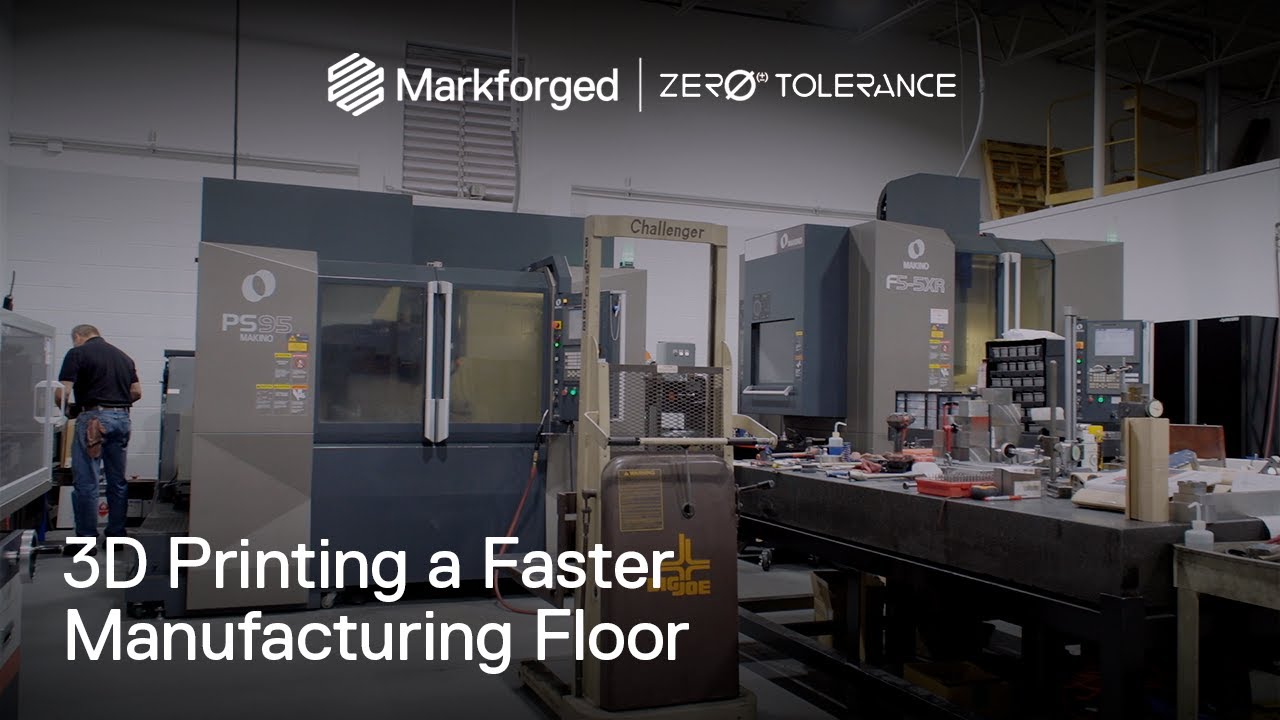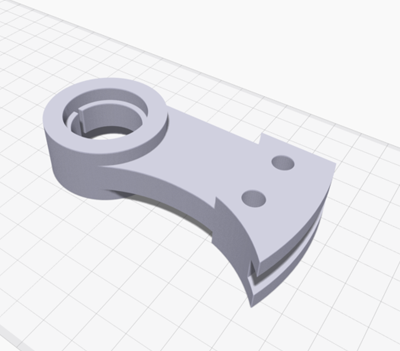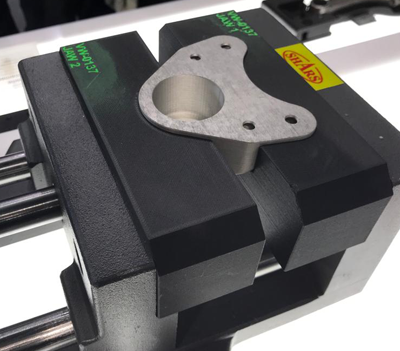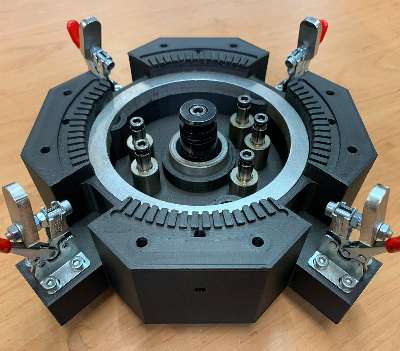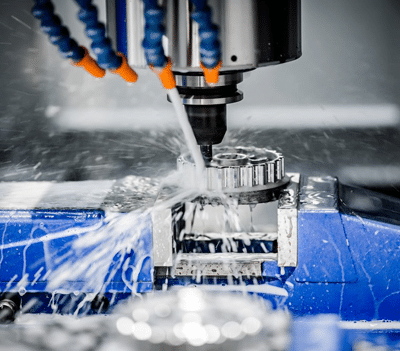Zero Tolerance, LLC is a Michigan-based plastic injection mold machine shop working with customers in the defence, medical, consumer goods, automotive, and electronics industries.
Started in 2011, the company offers EDM, CNC machining, injection molding, and additive manufacturing services.
The Challenge
Zero Tolerance had a job requiring them to load 8 brass inserts into a 275º mold, one-by-one. It was incredibly time consuming as well as a burn hazard. This manual process was yielding inconsistent cycle times, averaging around 45 seconds. Zero Tolerance wanted a solution that enabled them to load all eight inserts into the tool at once, reducing cycle times and increasing part production.
Their first thought was to robotically load the inserts into the tool. However, they were uncertain the job would be lucrative enough to justify the cost of the robot. They had designed an end of arm tooling solution a year before they called the “claw” which would enable them to load all inserts into the tool at once. However, due to the complexity of manufacturing it with traditional methods and the cost associated with a robot, Zero Tolerance never actually made it. They decided this would be the perfect project to test on their new 3D printer.
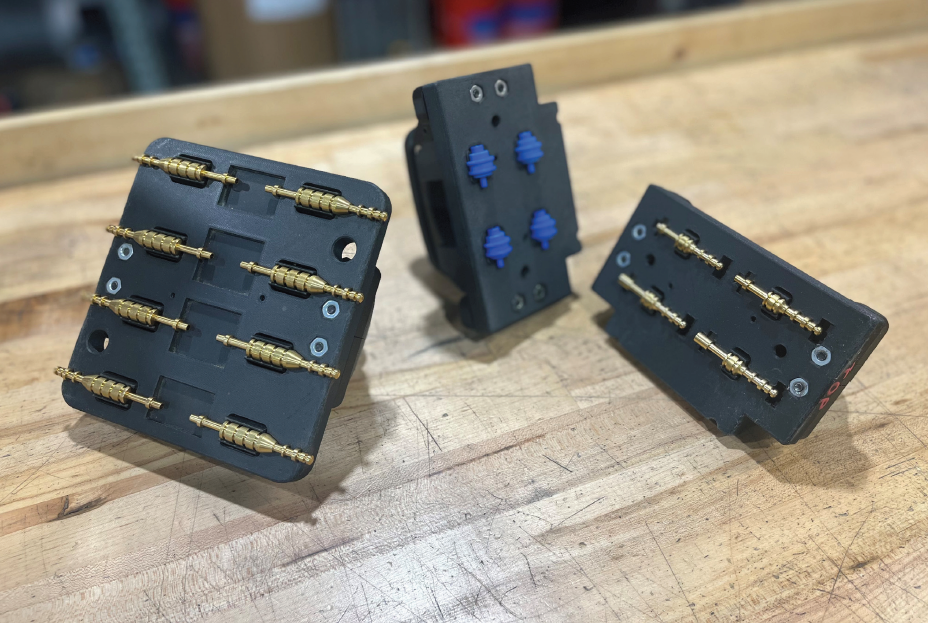
Overview
The Solution
Because the “claw” had originally been designed as an end of arm tooling feature, there was some redesign necessary to create a hand-held version. The original claw was redesigned to make the handle more ergonomic. The first claw they produced was prototyped and printed on their Markforged X7 3D printer, out of Onyx. After inserting approximately one million parts and almost a year later, the eight fingers on the claw only recently needed to be replaced. The overall cycle time has been reduced by 19-20 seconds, which has increased production by 50%.
The faster cycle times allow Zero Tolerance to finish orders more quickly, gives them more of an opportunity to run other jobs in the press, cuts back on employee hours needed to run those parts, while eliminating the burn hazard. Zero Tolerance has now created three different versions of the “claw” that are used for three different moulds they run in-house and have even produced “claws” for other machine shops who have submitted purchase orders.
“My advice to other machine shops is to try it. You will be amazed how useful additive manufacturing can be. We’re so happy we did..”
– Steve Michon, President and Owner of Zero Tolerance, LLC.
Request a demo!
Feel the strength of continuous fiber for yourself.

Learn more about 3D printing continuous fibres!
Which continuous fibre is suitable for which applications? How do I design correctly for filament 3D printing? What do users say and where can I find more information? – This is the right place for you! We listed some information leading you directly to the matching answers.

